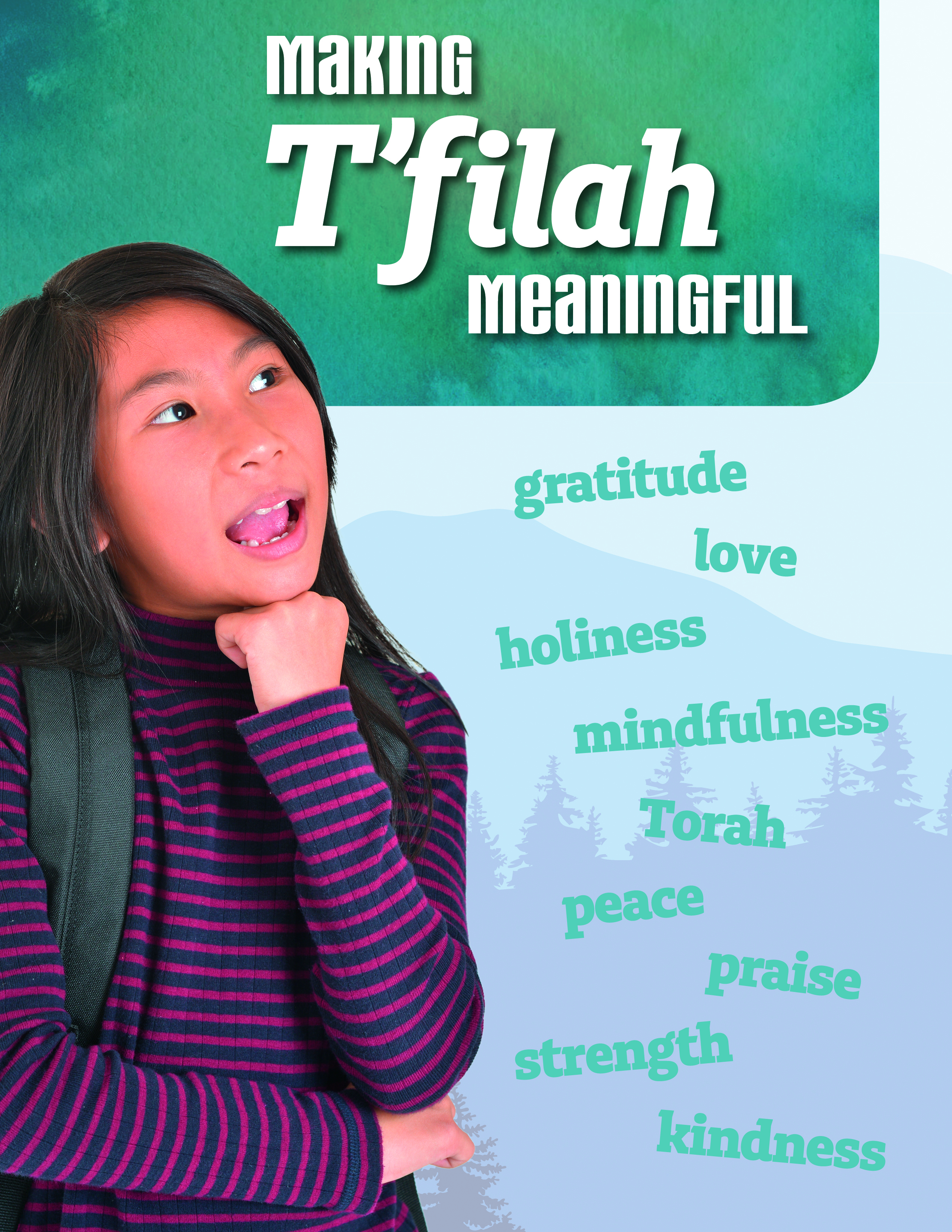- Home
- Play & Learn Home
- Online Enrichment
- Experience Modern Israel
- Israel It's Complicated
- Jewish and Me
- Jewish Holidays Jewish Values
- Jewish Values in Genesis and Jewish Values in Exodus
- Min Ha’aretz
- Our Place in the Universe
- Simply Seder
- The Prophets: Speaking Out for Justice
- Making T'filah Meaningful
- Make, Create, Celebrate
- Yom Haatzmaut Resources
- Hebrew Apps
- About The OLC
- What is the OLC?
- Introduction
- Get Started
- Resources
- OLC Content
- Parent Materials
- See My OLC Classes
- Store
Rethinking Prayer: Moving From Words to Meaning
Written by Behrman House Staff, 21 of March, 2017An 8th grade student recently recounted to his teacher how he didn't feel a connection to prayer, even as he "put forth positive energy" to the practice. The student said he was searching for a way to bypass "the blockade between the heart and God."

His heartfelt message offers a challenge to any educator, about how to provide students opportunities to experience both meaningful personal and communal worship experiences, while also teaching them the words, choreography, and melody.
This student's remark highlights what many educators know: that while it's important to study the keva, the mechanics of the prayer, in many ways it's even more important to guide students toward finding the kavanah, the intention that gives meaning to the prayers.
The soon-to-be-released series Making T'filah Meaningful draws on these sentiments, aiming to bridge the gap between prayer literacy and personal connection.
The series focuses on students in grades five through seven because this is a crucial time in the development of a child’s Jewish identity. As they are on the cusp of becoming b’nai mitzvah, it is the perfect time to help them approach prayers with the kavanah and understanding that will make their experience personally meaningful. Another hope is that this personal connection will set them up as lifelong learners and active participants in the Jewish community.
The Making T'filah Meaningful series includes twelve individual eight-page booklets, each one covering a prayer or group of related prayers. The booklets are filled with activities, stories, and questions that will help students connect these ancient words with their modern-day lives. Delving into the meaning of the words and prayers sets the stage for students to experience deeper connections in their prayer experiences, both personal and communal.
Making T'filah Meaningful will be available in early April.

